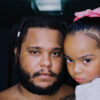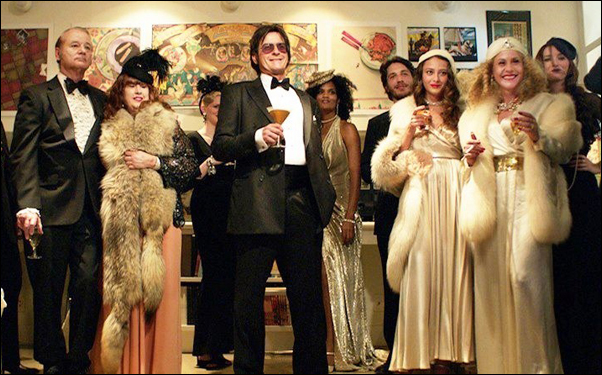Although it surely was never his intention, Roman Coppola must’ve taken some small measure of comfort in how his debut “CQ” ultimately made its way to the public. Barely released by United Artists in 2002, the film about a young filmmaker whose “Barbarella”-inspired sci-fi movie is falling apart at the same rate as his romantic relationships became the type of diamond in the rough that would create an instant bond amongst those who had seen it when brought up in conversation or offered up as a go-to recommendation to impress those who hadn’t.
Of course, film geek adulation won’t pay for a follow-up, though that never seemed to be the primary obstacle for Coppola to make a second film of his own – shooting second unit for his father Francis or sister Sofia or writing with Wes Anderson aren’t shabby fallbacks and to go by “A Glimpse Inside the Mind of Charles Swan III,” inspiration may have been elusive. The decade that’s passed clearly hasn’t changed the things going on in Coppola’s mind since the titular Charles Swan is another creative type whose relationship troubles blur the line between his art and reality, but time yielded the perfect leading man for the part in Charlie Sheen.
Made in the wake of the actor’s well-publicized meltdown, “Charles Swan” takes full advantage of Sheen’s deepened wrinkles to assay an aging playboy who hasn’t figured things out without cheaply exploiting the baggage he brings with him. Instead, Coppola affectionately positions him as a graphic designer unable to distinguish his professional and personal lives when a breakup with his longtime girlfriend (Katheryn Winnick) leads him to check into a hospital with chest pains, his recovery as much spiritual as physical as he’s visited by his friend (Jason Schwartzman), his business manager (Bill Murray) and his sister (Patricia Arquette).
If “CQ” surged on the setting of the go-go 1960s, “Charles Swan” settles into the melancholy of the 1970s, replete with a Harry Nilsson-esque soundtrack from Liam Hayes and a muted color palette which paints Swan’s home in the Hollywood Hills in a constant haze. Presumably that would be the state of Swan’s mind as well, but after an introduction that literally opens up his cranium to reveal a one-track mind that’s turned from sex to sorrow, there’s a little too much internal logic put into play by its director, who seamlessly melded fantasy and reality into a dreamy froth in his previous film but can only manage a scattered stew here.
Although we’re treated to fantasies of graveyard dances and car chases pulled straight out of “The Man from U.N.C.L.E.,” the only invite to a soiree in Swan’s post-breakup malaise is for a pity party, full of unfocused regrets and misdirected gestures of goodwill that perhaps might be more effective if there was a stronger foundation for him and the various oddballs in his orbit. But in replicating Swan’s lackadaisical form for its function, the film never finds its sense of purpose.
Those curious to see whether Sheen is thirsty for tiger blood once more will be disappointed, but the role is unquestionably his meatiest in some time and he acquits himself well, able to pull off the cool of sipping a cocktail at Musso & Frank’s and the sadness of sitting alone while doing so. Most of the film’s other cast doesn’t have the material to make as much of an impression beyond their often wacky hairdos, though Murray’s appearance as a married parallel to Sheen’s eternal bachelor results in some of “Charles Swan”‘s most affecting scenes. When Murray’s Saul wistfully recalls a relationship that almost led him astray and laments, “Desire is about as close to happiness as I’m going to get,” the feeling is mutual as the fleeting moments that confirm Coppola’s gifts as a filmmaker exist as a tease in need of a story more deserving of them.
“A Glimpse Inside the Mind of Charles Swan III” is now available on Amazon Instant Video, iTunes, Vudu, CinemaNow, Xbox and YouTube and will open in theaters on February 15th.




